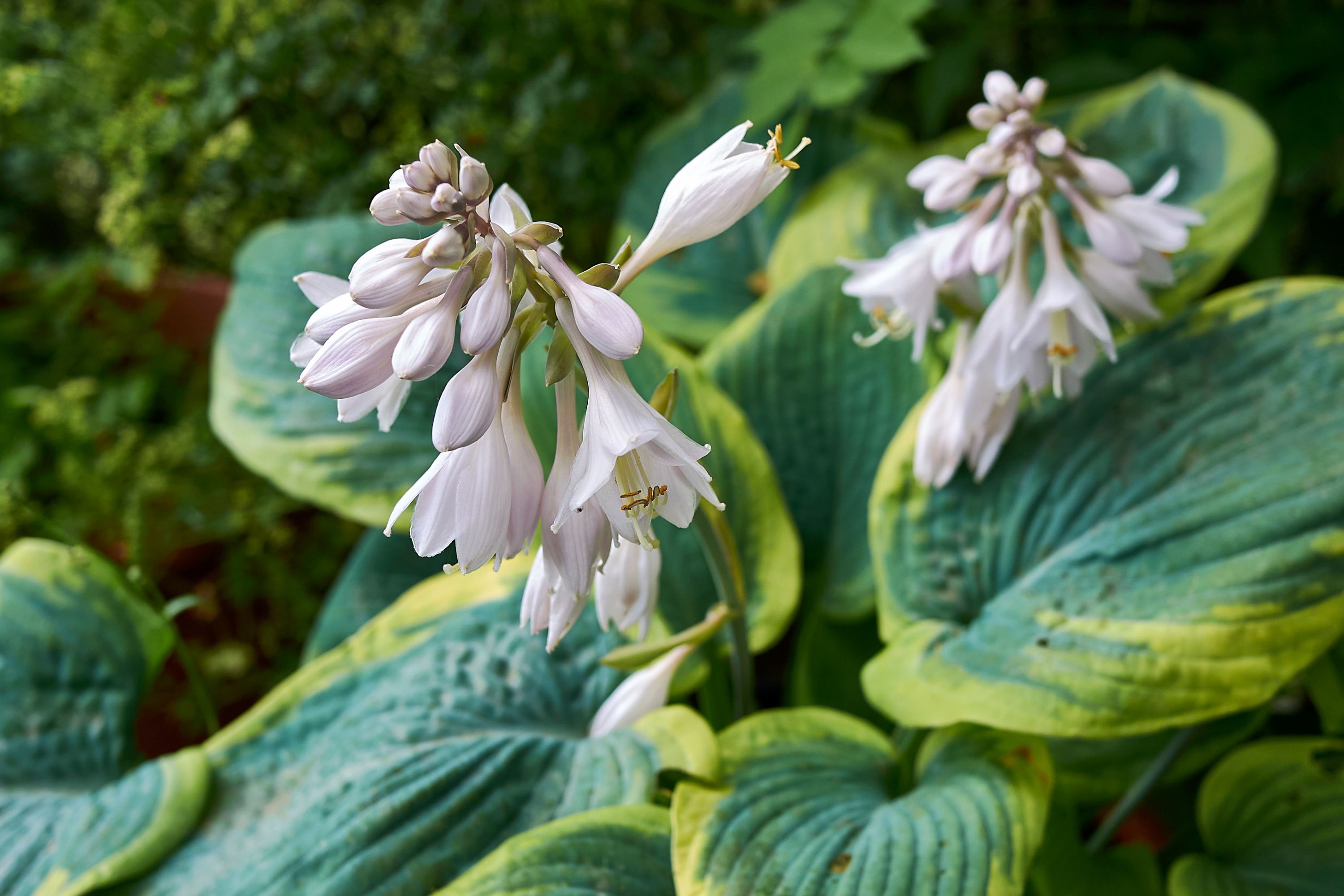Siebold's plantain lily
(Hosta sieboldiana)

Description
Hosta sieboldiana, commonly known as Siebold's plantain lily, is a popular species of hosta plants that are grown for their attractive foliage. Native to Japan, this herbaceous perennial is widely cultivated in gardens and landscapes around the world for its large, lush leaves that come in a range of colors and patterns. In this article, we'll take a closer look at the botanical characteristics, cultivation requirements, and uses of Hosta sieboldiana. Taxonomy and Botanical Characteristics Hosta sieboldiana belongs to the family Asparagaceae, subfamily Agavoideae, and is closely related to other hosta species such as Hosta montana and Hosta plantaginea. It was first described by the German botanist Philipp Franz von Siebold in 1835, who collected the plant during his travels in Japan. Hosta sieboldiana is a clump-forming perennial that typically grows to a height of 45-60 cm (18-24 in) and spreads to a width of 60-90 cm (24-36 in). It has thick, fleshy rhizomes that form a tight cluster of basal leaves from which the flowering stems emerge. The leaves of Hosta sieboldiana are large, heart-shaped, and ribbed, with a waxy texture and prominent veining. They can grow up to 35 cm (14 in) long and 30 cm (12 in) wide and come in shades of blue-green, gray-green, or chartreuse, with white or cream-colored margins. The flowers of Hosta sieboldiana are tall spikes that rise above the foliage and bear numerous small, fragrant, bell-shaped flowers in shades of lavender, white, or pale pink. They bloom in mid to late summer and are followed by seed pods that ripen in the fall. Cultivation Requirements Hosta sieboldiana is a relatively easy plant to grow and care for, making it a popular choice for gardeners of all skill levels. It prefers a partially shaded location with moist, well-draining soil that is rich in organic matter. In full sun, the leaves of Hosta sieboldiana may scorch, while in deep shade, they may become less vibrant and more susceptible to pests and diseases. Hosta sieboldiana should be planted in the spring or fall, with the rhizomes placed about 30-45 cm (12-18 in) apart to allow for future growth. The planting hole should be deep enough to accommodate the entire root system, and the soil should be firmly tamped down around the plant. Hosta sieboldiana should be watered regularly to keep the soil moist but not waterlogged, and fertilized with a balanced, slow-release fertilizer in the spring and midsummer. Hosta sieboldiana is generally pest and disease resistant, but may be susceptible to slugs and snails, which can chew holes in the leaves. These pests can be controlled with physical barriers, such as copper tape or slug traps, or with organic or chemical baits. Hosta sieboldiana may also be affected by foliar nematodes, a microscopic worm that can cause yellowing and browning of the leaves. This disease can be controlled by removing infected leaves and improving sanitation practices. Uses and Varieties Hosta sieboldiana is primarily grown for its ornamental value, and is commonly used in shade gardens, woodland gardens, and borders. Its large, attractive leaves provide a striking backdrop for other plants, and its fragrant flowers attract bees and butterflies. Hosta sieboldiana is also well-suited to container gardening, and can be grown in pots or hanging baskets.
Taxonomic tree:







